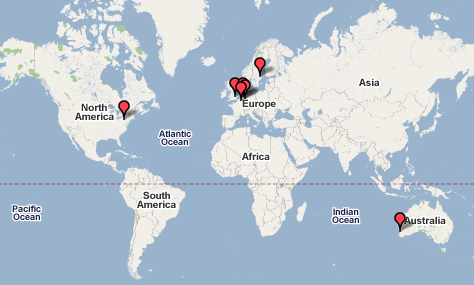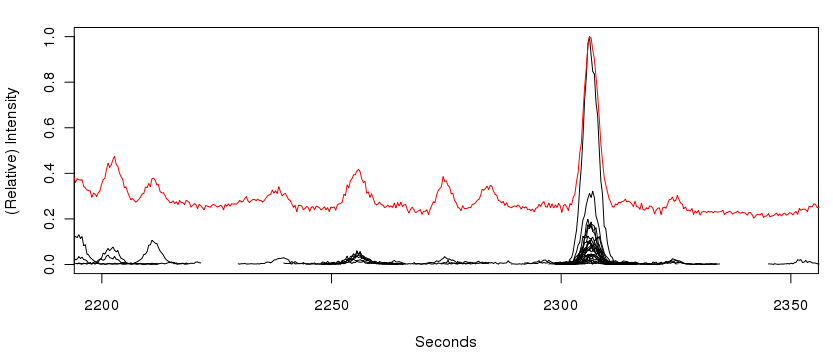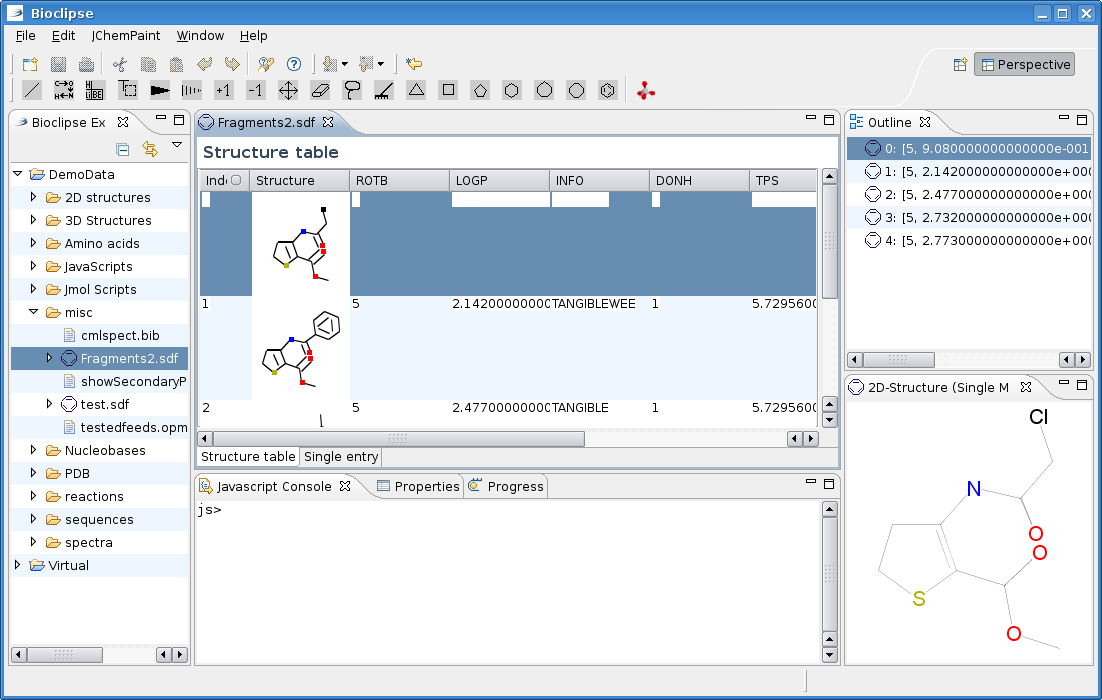-

Moving to Sweden: Improving CDK support in Bioclipse
 This autumn I will end my current post-doc position at Plant Research International in the
Applied Bioinformatics group and at Biometris (both part of
Wageningen University) funded by the Netherlands Metabolomics Center
(lot’s of vacancies), where I had a good time, and collaborated in several projects within the NMC with much pleasure.
This autumn I will end my current post-doc position at Plant Research International in the
Applied Bioinformatics group and at Biometris (both part of
Wageningen University) funded by the Netherlands Metabolomics Center
(lot’s of vacancies), where I had a good time, and collaborated in several projects within the NMC with much pleasure. -

The CDK Community: Developers, Members, and Users
An open source project is as good as its community. Jmol has a brilliant community, but CDK is not doing bad either, in general at least; some CDK projects could use some more user feedback, such as CDK-Taverna (site down at the time of writing, but see the blog).
-

Recovering full mass spectra from GC-MS data #2
Steffen reminded me over email that the particular machine only has a 1 dalton accuracy, and that the 150ppm parameter setting is somewhat inappropriate. As seen yesterday, it works fine for larger peaks, but fails for low intensity peaks. So, I reran the
centWavepeak detection with 750, 1000 and 1250 ppm, and that indeed make XCMS recover many more metabolites, and, also important, with more extracted ion chromatograms per metabolite, yielding a more accurate mass spectrum. At the same time, I notice that profiles are not as clean as before, but that’s where the peak fitting with (Modified) Gaussians come into play. -

Recovering full mass spectra from GC-MS data
One aspect not covered in detail by the ongoing discussion on unit testing quality control for scientific software, is detecting regressions. This is the most important reason why unit testing is superior to random testing. Putting someone behind a keyboard to tests things is nice, but this process has to be repeated, as the testing has to be repeated over and over again. Just to make sure it works for whatever new input, for whatever refactoring, for whatever new cool feature.
-
Good Scientists Pimp there Research (was: Damn, I'm boring...)
Define good. Let me say that up front. Good scientists, that is, if you say successful researchers are good scientists, secure good funding. Getting good funding requires doing the most relevant research (define relevant). Or, to put it bluntly, being a successful researcher requires to pimp your research. Doing boring research is nice for you, good for a Nobel prize if it turns out to have a cool spin off, but doesn’t buy you research success.

